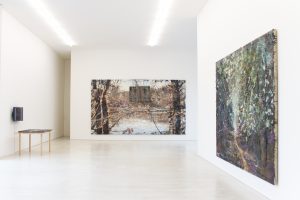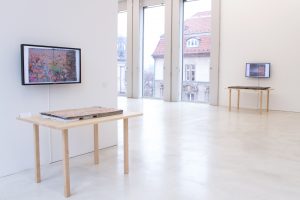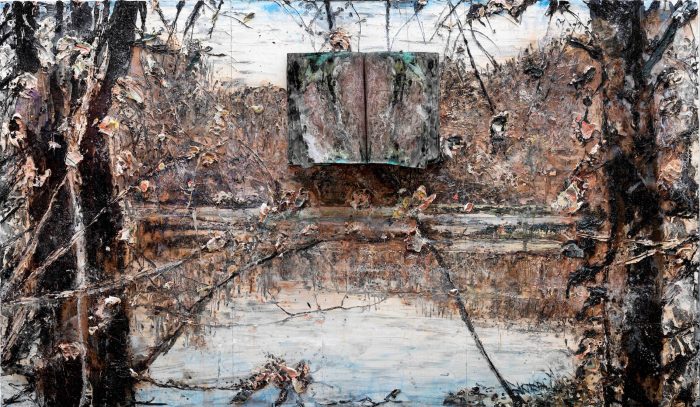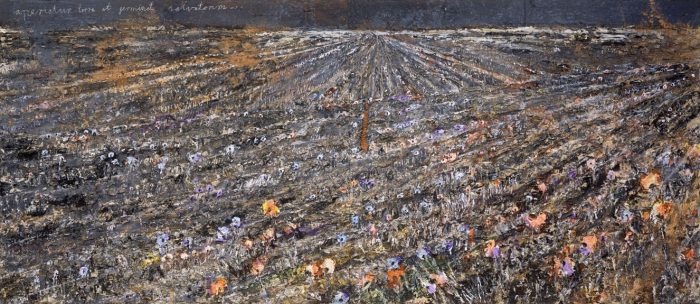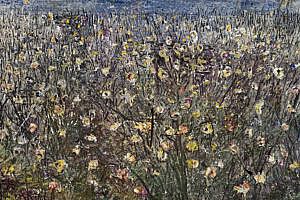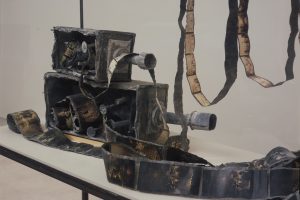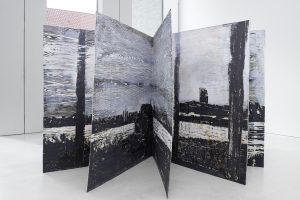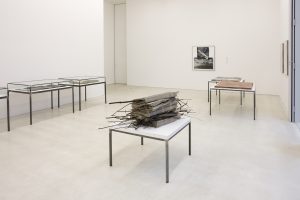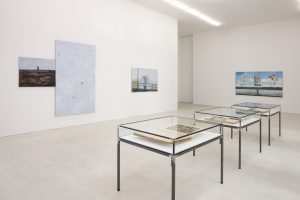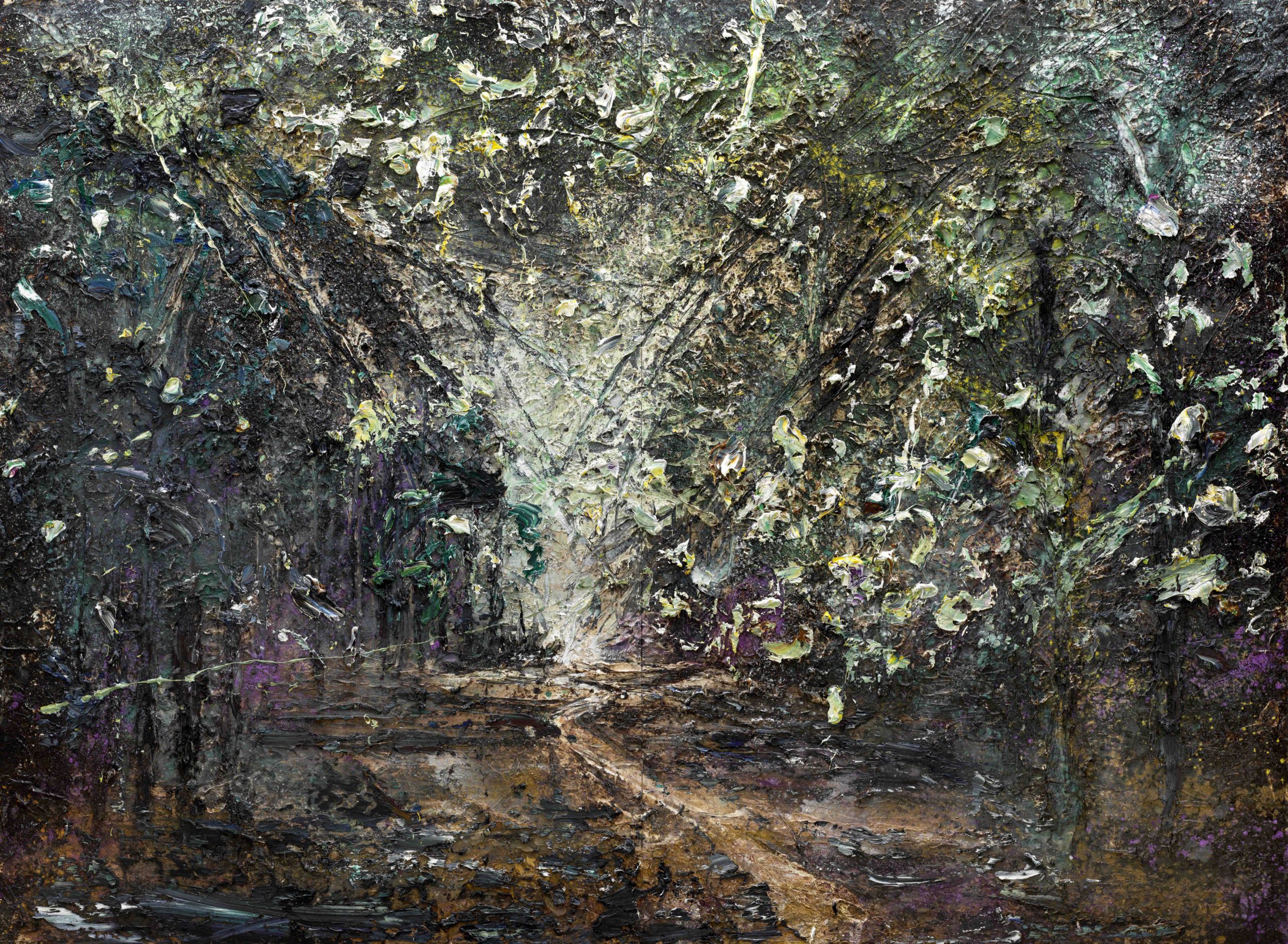
Anselm Kiefer – Paintings
BASTIAN,
Am Kupfergraben 10,
10117 Berlin
For sales inquires please call +49 (0) 30 809 092 20 or contact collectors@bastian-gallery.com
Galerie Bastian is pleased to exhibit new works by Anselm Kiefer until the late summer of 2017. The presentation in our gallery space Am Kupfergraben 10 in Berlin marks the fourth cooperation with the artist. The first solo exhibition in 2008 was dedicated to the artist’s complete series »Heroische Sinnbilder« (Heroic Symbols), followed by a display of artist books in honour of Anselm Kiefer receiving the »Friedenspreis des Deutschen Buchhandels« (Peace Prize of the German Book Trade). In 2013 an exhibition of large woodcuts exemplifying the mythical theme of the river »Rhine« was realised. Our current exhibition premieres a selection of paintings from a new series of works that were created throughout the last two years. The exhibition is further complimented with two artist books.
Anselm Kiefer dedicates his large-scale canvases to authors; his painting »Waldsteig (for Adalbert Stifter)« (Forest Path) is a poetic analogy of literature, translating the motif of a prose narration into the domain of painting. In the painting the eponymous narrative by Adalbert Stifter (published in 1845) finds its transcendence in the protagonist’s dwelling on tracks and clearings, under the »forest’s green ceiling« and its sublime illumination. Kiefer’s painting is the pictorial evocation of this narrative, exploring transformation and purification. The work »Herbst« (Autumn) alters time and space, bearing a sensory view of nature without pathos. The painting is not a pastorale; it is a work of mystic, distant light.
Kiefer’s painting »Aperiatur terra et germinet salvatorem« from 2006 is conjointly exhibited. This earlier work by the artist is a reference to the verse from the Book of Isaiah; it manifests a landscape of ideas fixed within the trajectory of genesis and decay.
The artist books by Anselm Kiefer are characterised by haptical surfaces and fragility of physical presence. They reject the modern notion of replicability and economic reproduction. The artist finds his central motifs in lyrical analogies, in literary publications and scientific knowledge.
